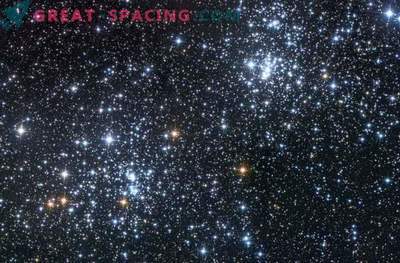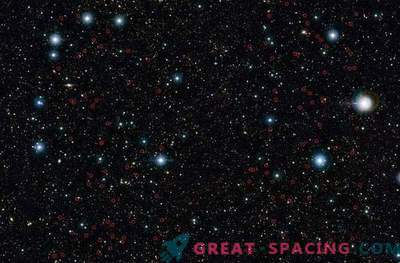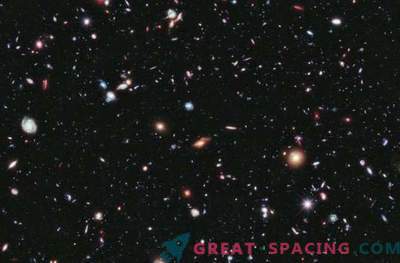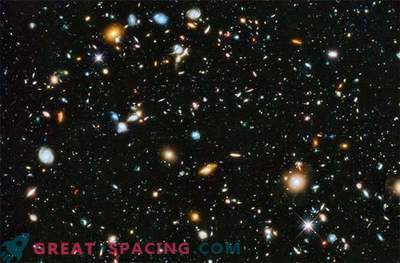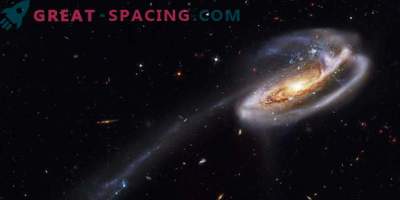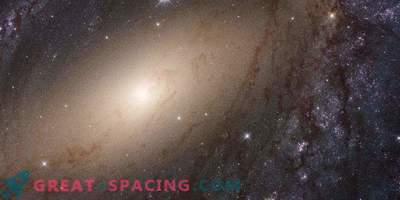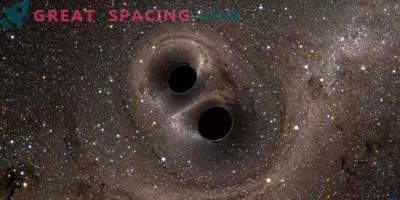
The Pan-STARRS telescope in Hawaii spent four years scanning the sky for two petabytes of data, which is now to be studied.
Is the measurement accuracy of the nearby star important? Want to count how many years to a neighboring galaxy? Or do you just dream of looking at the distant unknown and discovering something that you have never seen before? No problems! The Pan-STARRS telescope system has a large-scale digital sky survey.
“This survey allows anyone to take pictures and use information and catalogs containing accurate measurements of billions of stars and galaxies,” said Ken Chambers, director of Pan-STARRS. “He made discoveries on objects in near-Earth space and the Kuiper belt in the solar system and the lonely planets between the stars. It displays dust in three dimensions in our galaxy, discovered new streams of stars, found new types of exploding stars and distant quasars in the early universe. ”
The project is managed by the University of Hawaii Astronomy Institute and an extensive database is available at the Space Research Institute (Maryland). According to the researchers, the entire survey takes two petabytes of memory. The university compares this with “one billion selfies or a hundred times the total content of Wikipedia”.
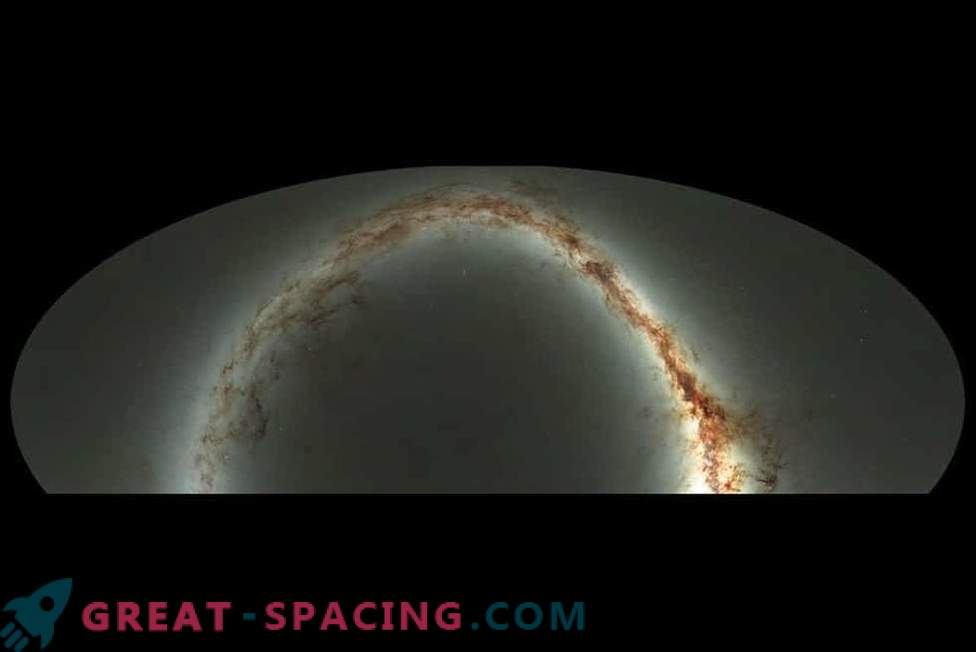
And this task was performed by just one telescope on the top of Haleakala, the island of Maui, which scanned the visible and nearest infrared region of the sky from 2010 to 2014.
“Pan-STARRS is a relatively small device compared to what we have on Manua Kea ... but it has the largest astronomical camera in the world: one and a half billion pixels compared to 10 million in your typical digital camera,” said astronomer Eugene Manyier from the University of Hawaii. If you print one photo, then its size will be a half mile.
All data is available on the Internet and will be used by professionals and amateur astronomers to make new discoveries.
“This is a real census of the universe and the work is awesome,” says Kenneth Chambers, also from the University of Hawaii.
The study is supported by NASA and the National Science Foundation with the association of ten research institutes in four countries. Open access was made possible by the Space Research Institute, which has many years of experience working with the storage and management of a huge amount of astronomical data from the Hubble telescope and other projects.
So what's next? The universe is waiting.

